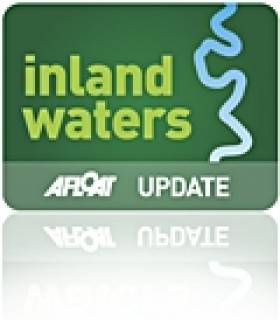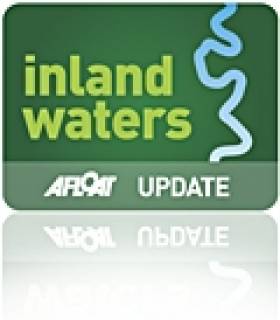Displaying items by tag: Clondra
Waterways Ireland has launched a request for tender for the development of a visitor and tourism plan for the Clondra/Richmond Harbour and Tarmonbarry area at the western end of the Royal Canal.
According to the RFT, the intended plan “will chart and identify the recreational and tourism interventions required to boost tourism, recreation and economic regeneration in the area”.
Among its objectives are “to take an integrated development approach to conserve, develop and promote [the area] as a significant recreation/tourism destination in the centre of Ireland”, and “to set out a clear, realistic and achievable tourism vision…over a 10-year period”.
In addition, any plan “must be compatible with the environmental designation and zoning” of the localities covered on this part of the inland waterway.
A particular focus for Waterways Ireland will be to “protect and restore one of our heritage assets” — namely the old lock keeper’s house at Lock 46, which dates from the early 19th century.
The deadline for receipt of tender applications is 3pm on Thursday 13 January 2022. More details can be found on the eTenders website HERE.
Clondra Hosts Canoeing Club Championships Next Month
#Canoeing - Richmond Harbour on the Royal Canal in Clondra, Co Longford will be the site of the Canoeing Ireland Club Championships over the weekend of 16-17 April.
As the Longford Leader reports, the event coincides with the second annual Longford Blueway Festival taking place in the town and surrounds.
Up to 500 competitors and their supporters are expected in Clondra for the national canoeing contest which joins a number of events scheduled for the weekend, including cycles and walks of the 10km Camlin Loop of the Shannon Blueway that was launched last year, as previously reported on Afloat.ie.
There will also be public 'taster sessions' on the water for those curious about canoeing whether for sport or recreation. Details are available on the Canoeing Ireland website.
The Longford Leader has more on the story HERE.
Lock Closes for Repair on Clondara Canal
#SHANNON – Work will commence on lock gate maintenance on the Shannon Navigation at Clondra Lock on the Clondara Canal. Waterways Ireland is advising masters and owners that work will commence on Thursday, 19 Jan and will be on-going for a period of four to five weeks. Alternative passage to Richmond Harbour maybe accessed via the Camlin river loop upstream of Tarmonbarry Lock.































































